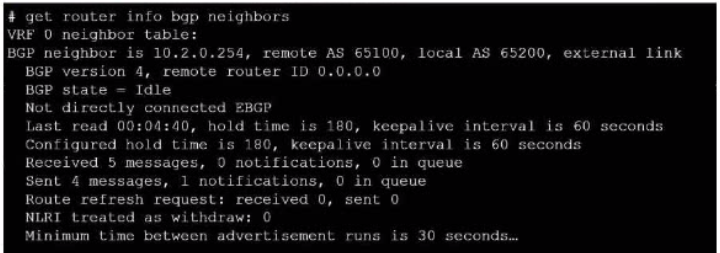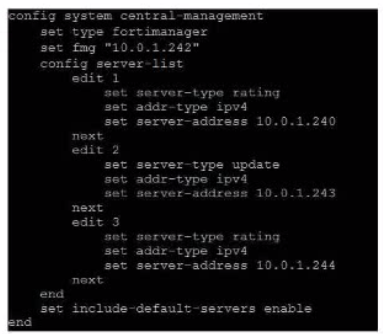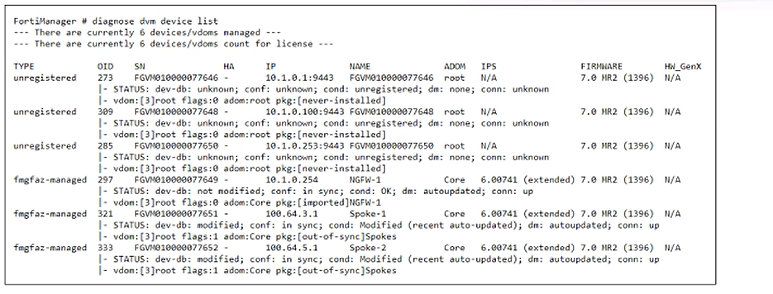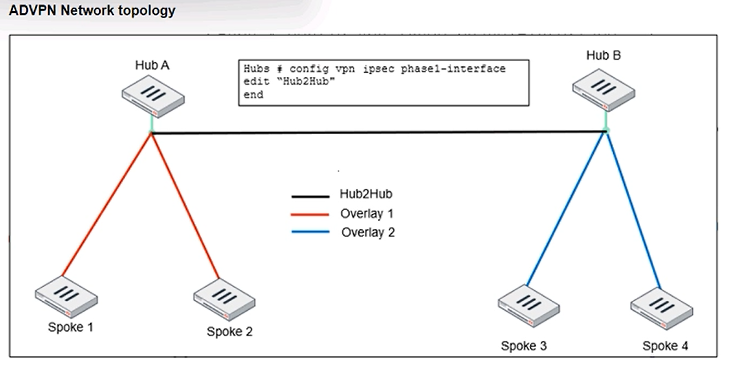Fortinet NSE7_EFW-7.2 Fortinet NSE 7 - Enterprise Firewall 7.2 Exam Practice Test
Exhibit.

Refer to the exhibit, which provides information on BGP neighbors.
Which can you conclude from this command output?
Answer : C
The BGP state is ''Idle'', indicating that BGP is attempting to establish a TCP connection with the peer. This is the first state in the BGP finite state machine, and it means that no TCP connection has been established yet. If the TCP connection fails, the BGP state will reset to either active or idle, depending on the configuration.Reference: You can find more information about BGP states and troubleshooting in the following Fortinet Enterprise Firewall 7.2 documents:
Which two statements about metadata variables are true? (Choose two.)
Answer : C, D
Metadata variables in FortiGate are created to store metadata associated with different FortiGate features. These variables can be used in various configurations and scripts to dynamically replace the variable with its actual value during processing. A: You create metadata variables on FortiGate. They are used to store metadata for FortiGate features and can be called upon in different configurations. D: They can be used as variables in scripts. Metadata variables are utilized within the scripts to dynamically insert values as per the context when the script runs.
Fortinet FortiOS Handbook: CLI Reference
Exhibit.

Refer to exhibit, which shows a central management configuration
Which server will FortiGate choose for web filler rating requests if 10.0.1.240 is experiencing an outage?
Refer to the exhibit, which shows device registration on FortiManager.

What can you conclude about the Spoke-1 and Spoke-2 configurations with respect to the information cond: Modified (recent auto-updated)?
Answer : B
Which three conditions are required (or two FortiGate devices to form an OSPF adjacency? (Choose three.)
Answer : B, D, E
Refer to the exhibit, which shows an ADVPN network,

An administrator must configure an ADVPN using IBGP and EBGP to connect
overlay network 1 with 2.
What must the administrator configure in the phase 1 VPN IPSEC configuration
of the Hub2ub tunnels?
Answer : B
Which FortiGate in a Security I auric sends togs to FortiAnalyzer?